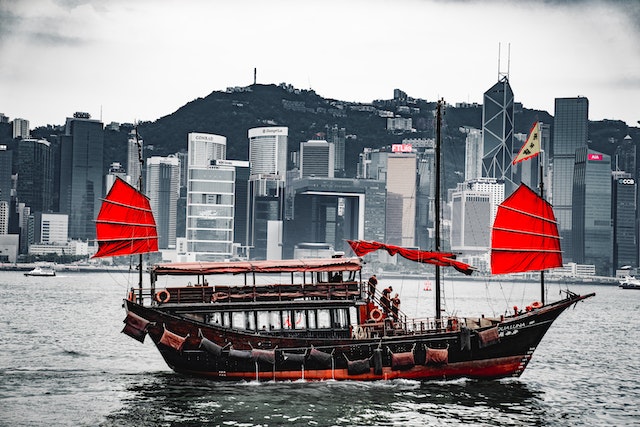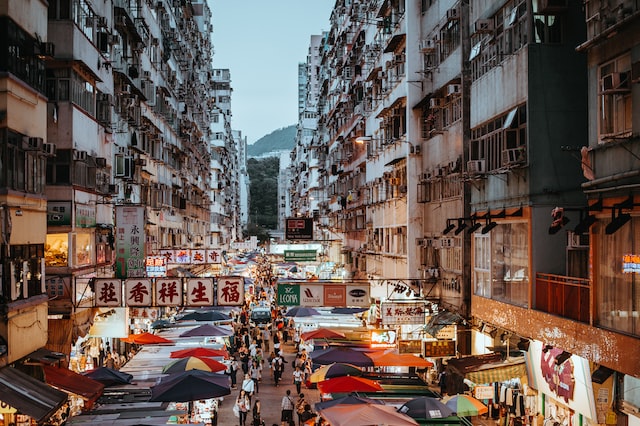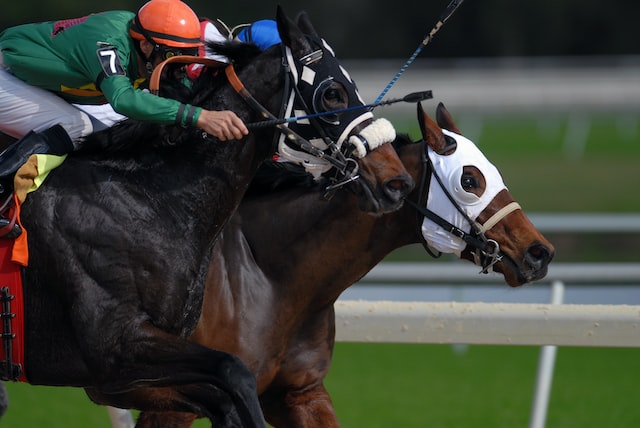
Welcome to Hong Kong, an other-worldly cosmopolitan gem that exudes idiosyncratic superiority. So, what’s so special about this architectural masterpiece? Firstly, it weaves Eastern and Western influence into whatever it does best; and does what it pleases. An excellent culture, business, and trade hot spot. 22.3193° N, 114.1694° E – these coordinates are tough to beat. Its seamless traditional and modern symphony offers that perfect blend for even the most captious travelers. Its flaws? It’s not very good at disappointing. Honk Kong’s unique cultural heritage gives it a supremely-rounded persona: exquisite shopping, spectacular skyline, unprecedented nightlife, hiking trails, festivals, and above all – it’s tourist-friendly. Let’s get to it. Things to see, food to eat, nights to enjoy. This is what Hong Kong’s East-meets-West heritage is all about.
Amalgamation symphony
Hong Kong’s evolution is not your ordinary history tale. No. It exceeds our expectations in every possible sense. So, what happened, Hong Kong? “One country, two systems” – a constitutional principle of the PRC (People’s Republic of China), narrating the governance of the special administrative regions of Hong Kong and Macau. What does it actually mean? It’s neither an independent country nor is it a Chinese city. Makes sense? We’ll get there. After being colonized by the British (from 1841 to 1997), Hong Kong was subsequently handed back to China as a Special Administrative Region. After 1997, the Chinese identity embraced the residue of colonial times and decided to gallop towards new frontiers of evolution. Before my first visit to Hong Kong, Thailand was my forever go-to place in Asia. Now? Thailand 0, Hong Kong 1.

Quick tips for my fellow travelers
- Hong Kong is a 4-seasons country, so pick your dates carefully! Summers can be extremely HOT (and humid), and winters can be surprisingly cold. What is the best time to go? March to early July, and September through November)
- Hong Kong currency: Hong Kong dollar. Most places accept Mastercard and Visa, and about 50% accept American Express. As for ATMs, Hong Kong’s got you covered. They’re pretty much everywhere.
- Official Language: Cantonese. (local dialect) Still, no need to get alarmed. Almost all street signs are bilingual, and the majority of Hong Kong’s population is fluent in English.
- Transportation: Public transport is fairly inexpensive and efficient. Taxis are also pretty convenient and cheap (starting around $3), but be sure to have cash, as they do not accept credit cards)
Stanley Market
One of the finest street markets in the world. Being an avid street market stroller, a part of my heart still resides in Istanbul (and its spectacular bazaars) But, then came along Stanley. Situated on Hong Kong Island, Hong Kong, the street is a straight-out-of-your-favorite Hong Kong movie archetype. The intermixture of inanimate and animate objects depicts a unique living and breathing organism that you just can’t help but fall in love with. Pure magic. Nothing fancy about it: traditional at its core, the old open-air market is renowned for the art of bargaining: from souvenirs to traditional silk garments, ornaments, toys, Chinese arts, and delicate crafts. The market itself is not abundant in tastebud materials (few restaurants and an open food stall (dai pai dong). No worries, though. The nearby Stanley Main street is the place to go – seafront restaurants (western and eastern) will give your palate the ride of its life.

Victoria peak
360 view? THE spot in Hong Kong. Also known as Mount Austin, Victoria Peak hill lies on the western half of the island. (as the locals would say: THE PEAK) Reaching 552 m, it is considered the highest hill in Hong Kong. And the view is simply stunning. The city boasts some of the most spectacular skylines on planet Earth. I was not going to pass on the opportunity to capture unparagoned memories. Hong Kong’s East-meets-West heritage spot. Getting to Victoria Peak is easy; tram, bus, or taxi. Better yet, walk. It’s an easy 4km, 45-minute stroll where you can enjoy impressive panoramic views of the Victoria Harbour, West Kowloon station, and Pok Fu Lam Reservoir. I stopped to take in the mesmerizing flora, especially the Indian rubber tree. (+ wild boars!) The peak will greet you with stunning temples, fantastic restaurant menus, and! – there’s a wax museum.
Off to the races
Hong Kong Derby, Hong Kong International Races, Champions Day; rings a bell? Anyone? Horse racing was introduced to Hong Kong’s “joie de vivre” opus in 1841 by the British, instantly becoming one of the most popular pastimes in the region. Big-ticket events attract swarms of enthusiasts from all over the globe. If you find yourself in Hong Kong during race season (September through July), you know where to go. Catching a race in Sha Tin and Happy Valley was a dream come true for me. (it felt very Bukowski-like.) The best part? Happy Wednesday parties at Happy Valley Racecourse. (every Wednesday during race season) Being a safe, welcoming, progressive location, Hong Kong’s been moving up the “best relocation” ladder. Many come for horse racing and – stay if you’re thinking about moving to Hong Kong from the UK, kudos. A friendly tip: get ready on time, and leave nothing to chance.

Food galore
Hong Kong boasts a sensational food scene. The dining capital of gastronomic versatility. From old-school (’50s and ’60s) Western diners – the bing sutt (offering a Western experience with a true Asian twist) to other world-renowned classic dishes and street food snacks. Dim Sum, fish balls, egg waffles, pineapple bun, egg tarts, milk tea, Wonton noodles, Chinese barbeque, tofu pudding, and, of course- fresh seafood. And breakfast specialties, oh, don’t get me started. Just like the Japanese, Hongkongers know just how to shock your tastebuds. Mac and cheese? Counter-offer: macaroni soup with sliced ham. Why not, I say. Why not? – And it was amazing.
Final thoughts
Hong Kong’s East-meets-West heritage is reflected in the traditional-modern juxtaposition. It’s ancient, but it’s futuristic. The journey’s spiritual but also tech-savvy. The endless array of contradicting philosophies is exactly what makes this city so ingenious and alive. And I love it.
About the author:
Julian Vaughan is a full-time blogger and a part-time adventurist, currently collaborating with relosmart.asia moving experts. He enjoys architecture, beatboxing, and playing 48-hour-long Bossa Nova playlists


Leave a Reply
You must be logged in to post a comment.